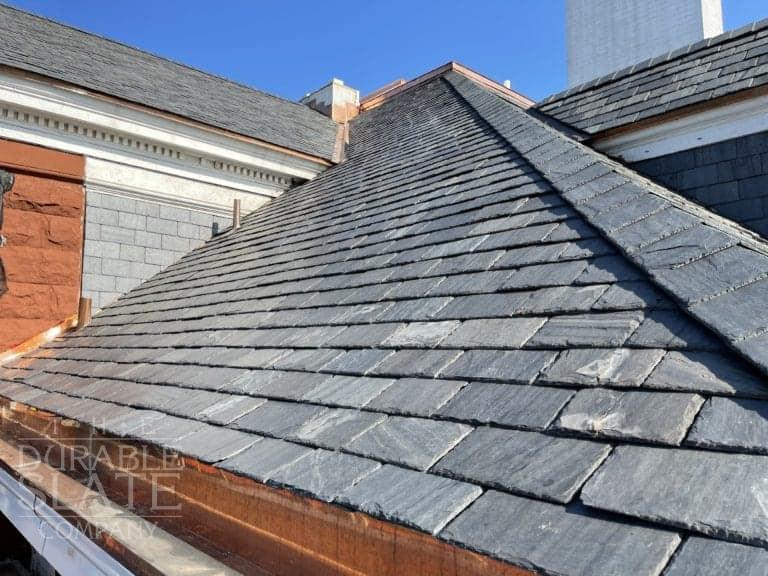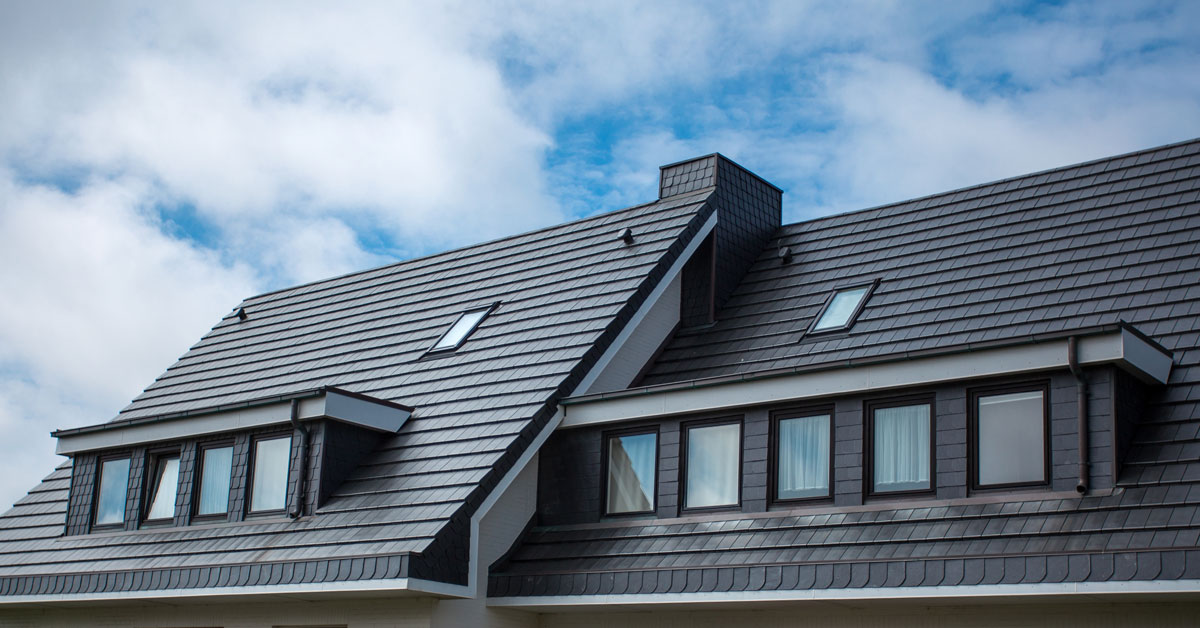Just How Gainesville Roofing Companies Can Transform Your Home's Outside
Just How Gainesville Roofing Companies Can Transform Your Home's Outside
Blog Article
Ideal Practices for Ensuring Proper Roof Ventilation
A balanced consumption and exhaust air vent proportion, commonly 1:300, plays a critical duty, with intake vents ideally positioned at the lower edge of the roofing for great air access and exhaust vents at the height for warm air leave. Keeping insulation away from vents is vital to protect against air flow constraint.
Understand Ventilation Basics
Effectively understanding ventilation essentials is crucial for making sure the longevity and efficiency of roof. Efficient air flow reduces dampness build-up and temperature extremes in the attic room, both of which can cause considerable architectural damages in time. A well-ventilated roof assists in protecting against usual concerns such as mold development, timber rot, and ice dams, which can endanger the stability of the roofing products and the underlying structures.
The main goal of ventilation is to help with the activity of air, enabling a regular exchange in between the exterior and interior settings. This equilibrium is attained with a mix of intake and exhaust vents that function with each other to keep optimal airflow. Intake vents, typically situated along the soffits or eaves, allow fresh air to go into the attic area, while exhaust vents, typically located at or near the roofing system ridge, make it possible for hot, humid air to leave.
Secret elements affecting the performance of roofing system air flow include correct positioning, sufficient sizing, and making certain that both intake and exhaust vents are unblocked. Regular inspection and maintenance are critical to determine potential clogs, damage, or inadequacies in the ventilation system, thus securing the roofing system's efficiency and longevity.
Kinds Of Roof Vents
Roofing vents play an essential role in maintaining reliable attic ventilation and, by extension, the total health and wellness of the roof system. Numerous kinds of roofing system vents are offered, each with distinct advantages tailored to details roofing requirements.

Soffit vents are mounted under the eaves and operate in tandem with roofing system vents to ensure a balanced intake and exhaust system. By allowing cooler air to get in from below, soffit vents help with the expulsion of hot air via top vents. Gable vents, situated on the outside walls of the attic room, offer another efficient remedy, specifically in homes with gable roofings.
Evaluate Your Current Ventilation

Following, think about the age and problem of your roof materials and ventilation components. Older systems might not abide with present structure codes or may have weakened in time, reducing their effectiveness. Conduct a complete exam to identify any kind of indicators of wear and tear, such as rust, damages, or spaces that might jeopardize the system's performance.
In addition, measure the attic temperature and moisture levels. High temperatures and humidity can show inadequate ventilation - roofing companies. Use a hygrometer and thermostat to get exact readings, comparing them with exterior problems. Consistent inconsistencies suggest prospective issues that need resolving.
Installation Best Practices
Efficient installation of roofing ventilation systems is critical for making sure optimal performance and long life. Correct installment starts with recognizing the particular ventilation needs of the building and the roof it covers. This entails determining the correct proportion of intake to tire vents, generally sticking to the 1:300 anchor guideline, which states one square foot of ventilation for each 300 square feet of attic floor area.

Intake vents need to be mounted at the roofing's reduced edge, usually in the soffits, to enable awesome air to get in. Exhaust vents, on the various other hand, must be installed near or at the roof's peak to promote the exit of cozy, wet air.
Seal all vent connections diligently to avoid air leaks and prospective water infiltration. Usage high-grade materials and adhere to manufacturer guidelines to make sure longevity and performance. In addition, incorporating ridge vents with baffles can significantly improve airflow performance by protecting against wind-driven rain and snow from going into the attic room.
Inevitably, accurate installment of roof air flow systems mitigates potential issues such as mold and mildew growth, ice dams, and architectural damage, making certain the roofing's integrity and the structure's general health and wellness.
Regular Maintenance Tips
Consistency in upkeep practices is fundamental to making sure the long-term effectiveness of roof air flow systems. Routine examinations are crucial, ideally carried out biannually-- in the spring and fall. Throughout these inspections, make sure that vents are devoid of debris, nests, and various other blockages that could hinder air movement. Look for any signs of dampness accumulation or mold and mildew, as these can indicate improper air flow or leakages (gainesville fl roofing companies).
Make use of a soft brush or a vacuum cleaner to eliminate dirt and debris from consumption and exhaust vents. Be mindful not to damage the air vent displays or louvers throughout the process.
Proper insulation is similarly crucial. Guarantee that attic insulation does not block the vents, as this can significantly limit airflow. Reposition or replace it to keep an efficient obstacle. if any type of insulation has actually shifted or cleared up.
Last but not least, change any type of harmed or missing components immediately. Damaged vents, cracked shingles, or tatty flashing can all contribute to poor air flow and ought to be addressed immediately. Regular maintenance makes certain that the roof covering air flow system functions ideally, therefore click for source extending the lifespan of the roof covering itself.
Conclusion
Making sure correct roofing air flow is paramount for keeping the effectiveness and resilience of a roof covering system. Adherence to the 1:300 consumption and exhaust air vent proportion, coupled with the critical positioning of vents, is necessary.
A balanced intake and exhaust vent proportion, generally 1:300, plays a critical function, with consumption visite site vents preferably placed at the lower edge of the roof for great air entry and exhaust vents at the optimal for cozy air departure. Consumption vents, normally located along the eaves or soffits, enable fresh air to enter the attic area, while exhaust vents, often located at or near the roof covering ridge, make it possible for hot, moist air to run away.
Soffit vents are set up under the eaves and work in tandem with roof covering vents to make certain a balanced intake and exhaust system. By permitting cooler air to go into from below, soffit vents promote the expulsion of warm air through upper vents. Adherence to the 1:300 intake and exhaust air vent proportion, combined with the strategic placement of vents, is important.
Report this page